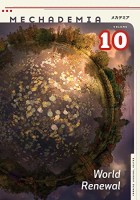 Editor: Frenchy Lunning
Editor: Frenchy Lunning
Publisher: University of Minnesota Press
ISBN: 9780816699155
Released: November 2015
Mechademia, one of the few academic journal’s in English specifically devoted to the study of manga and anime, began publication in 2006. Since then, under the editorial guidance of Frenchy Lunning, a new thematic volume has been released every year and the journal has grown to include research and analysis of other areas of Japanese popular culture, such as film, television, games, novels, and fandom. I’ve previously read individual articles published in Mechademia, and even own several of the volumes, but I’ve never actually read one of the annuals from cover to cover until now; I had the happy opportunity to receive a review copy of Mechademia, Volume 10: World Renewal from University of Minnesota Press. It’s an aptly themed volume, signalling the end of one era and ushering a in a new one for the journal—World Renewal, released in 2015, is the last volume with Lunning serving as editor-in-chief.
After Lunning’s acknowledgements and introduction, World Renewal is divided into four main sections which collect articles, essays, stories, and even a short manga. The first part of the volume, Passages of As Not, uses the March 2011 Tōhoku earthquake, tsunami, and nuclear disaster as a touchstone. Akira Mizuta Lippit’s “Between Disaster, Medium 3.11” examines the experience of disaster, time, and space through Koreda Hirokazu’s film After Life. Similarly, “The Land of Hope: Planetary Cartographies of Fukushima, 2012” by Christophe Thouny uses Sion Sono’s film The Land of Hope to discuss fictionalized portrayals of disaster and changing landscapes. Sabu Kohso’s “Tokyo Apparatus (Version 1.0)” looks beyond the Tōhoku disaster towards the 2020 Tokyo Olympics. The section concludes with a translation of Tomoyuki Hoshino’s “Good Morning: A Postdisaster Palm-of-the-Hand Story” which I was particularly happy to see as I find Hoshino’s works in general to be especially powerful.
While as a whole I found World Renewal to be interesting and rewarding, the second section, Positions of What If, dealing with alternate histories, presents, and futures, was perhaps my personal favorite. I especially liked Andrea Horbinski’s “Record of Dying Days: The Alternate History of Ōoku” which explores one of Fumi Yoshinaga’s most tremendous manga series. Susan W. Furukawa’s “Deconstructing the Taikō: The Problem of Hideyoshi as Postwar Business Model” is a fascinating analysis of the various interpretations of Hideyoshi Toyotomi in Japanese popular culture of the 1950s, ’60s, and ’70s. (Eiji Yoshikawa’s Taiko from the 1940s is also mentioned in passing.) Matthew Penny presents a fictional essay outlining a future history of Japan based on the ideals of the political far right in “A Nation Restored: The Utopian Future of Japan’s Far Right” which was a remarkably effective technique. I was also extraordinarily pleased to discover that Moto Hagio’s short manga “Nanohana” was included in this section as well.
World Renewal continues with the third part, Worlds of As If, which collects three case studies investigating possible emerging worlds through an examination of evolving methods of creation, experience, and engagement. Satomi Saito uses Sword Art Online, Vampire Hunter D, and The Melancholy of Haruhi Suzumiya as examples of the varying and changing approaches used in the development of cross-media franchises in “Beyond the Horizon of the Possible Worlds: A Historical Overview of Japanese Media Franchises.” Sandra Annet’s “What Can a Vocaloid Do? The Kyara as Body without Organs” in part focuses on how fans use, reuse, and reimagine official characters and narratives to create their own media. The third section closes with “A World Without Pain: Therapeutic Robots and the Analgesic Imagination” by Steven R. Anderson which discusses Oriza Hirata’s dramatic play Sayonara and Katsuhiro Otomo’s Roujin Z anime among other works.
The final and fourth section of World Renewal, Loops of Just Then, largely deals with parallel narratives, worlds, and temporal loops. In “The Girl at the End of Time: Temporality, (P)remediation, and Narrative Freedom in Puella Magi Madoka Magica,” Forrest Greenwood compares the anime’s narrative structure to those that are commonly used in visual novels. Pamela Gossin delves into the complexities and connections between Hayao Miyazaki’s life and work in “Animated Nature: Aesthetics, Ethics, and Empathy in Miyazaki Hayao’s Ecophilosophy.” The Higurashi franchise forms a platform for Brett Hack’s examination of Japanese news coverage and media commentary on youth violence in “Ominous Image of Youth: Worlds, Identities, and Violence in Japanese News Media and When They Cry.” Finally, World Renewal concludes with “Parallel Universes, Vertical Worlds, and the Nation as Palimpsest in Murakami Ryū’s The World Five Minutes from Now” by Kendall Heitzman, an analysis of Murakami’s dystopic alternate history novel which I would love to one day read in translation.
Overall, I found World Renewal to be a thought-provoking and intellectually stimulating volume. Some of the essays can be fairly dense—this especially seemed to be true of those included in the first section—so the volume is difficult to recommend to a casual reader in its entirety, but there are also essays that are more readily accessible. For most people, picking and choosing among the various submissions according to their own particular interests will likely be the most satisfying approach to take. Personally, while I enjoyed reading about some of my own favorite series and creators in World Renewal, I greatly appreciated the analysis of works that I was less familiar with. In fact, my curiosity has been piqued and I’m much more interested in experiencing first hand some of the media examined in World Renewal that I had previously passed over or was unaware of. I also particularly liked the thematic nature of the volume which allows for a wide variety of material to be explored while still retaining some focus and cohesiveness. World Renewal understandably tends towards the academic which will at times prove challenging for a general audience, but the topics and material discussed are fascinating and many of the ideas expressed are quite interesting.
Thank you to University of Minnesota Press for providing a copy of Mechademia, Volume 10 for review


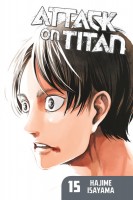

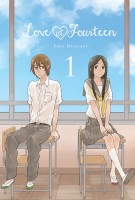
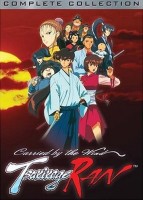
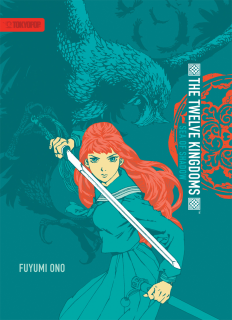

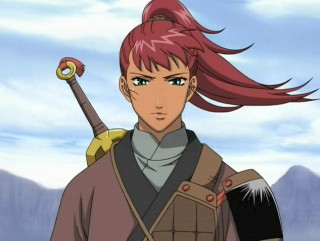
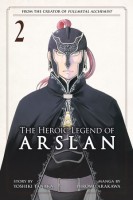
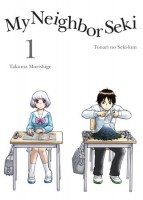

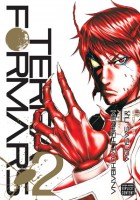
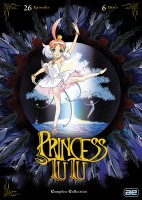 Princess Tutu directed by Junichi Sato. I picked up Princess Tutu more on a whim than anything else when I saw it on super sale. Although I vaguely remembered hearing good things about the anime, I honestly didn’t know much about the series. I’m very glad that I own it because Princess Tutu is marvelous. I do find it somewhat difficult to describe in a way that does the justice, though. The story follows a girl called Duck who really is a duck. She’s under an enchantment that allows her to not only take human form but to also become the magical Princess Tutu. Through the power of her dance she restores the shattered heart of a prince who had sacrificed himself to save others. That all might sound a little strange, and parts of the anime are admittedly weird, but the series is also very good. Stories are just as real as reality in Princess Tutu, and just as potent if not more so. Bits and pieces of classic ballets, operas, and plays can be found throughout the series all mixed together to form a unique work. I absolutely loved the anime’s use of orchestral works not just as background music but as meaningful additions to the story, emphasizing the significance of the characters and of their actions and, for those who are familiar with the pieces, even revealing some of the plot.
Princess Tutu directed by Junichi Sato. I picked up Princess Tutu more on a whim than anything else when I saw it on super sale. Although I vaguely remembered hearing good things about the anime, I honestly didn’t know much about the series. I’m very glad that I own it because Princess Tutu is marvelous. I do find it somewhat difficult to describe in a way that does the justice, though. The story follows a girl called Duck who really is a duck. She’s under an enchantment that allows her to not only take human form but to also become the magical Princess Tutu. Through the power of her dance she restores the shattered heart of a prince who had sacrificed himself to save others. That all might sound a little strange, and parts of the anime are admittedly weird, but the series is also very good. Stories are just as real as reality in Princess Tutu, and just as potent if not more so. Bits and pieces of classic ballets, operas, and plays can be found throughout the series all mixed together to form a unique work. I absolutely loved the anime’s use of orchestral works not just as background music but as meaningful additions to the story, emphasizing the significance of the characters and of their actions and, for those who are familiar with the pieces, even revealing some of the plot.